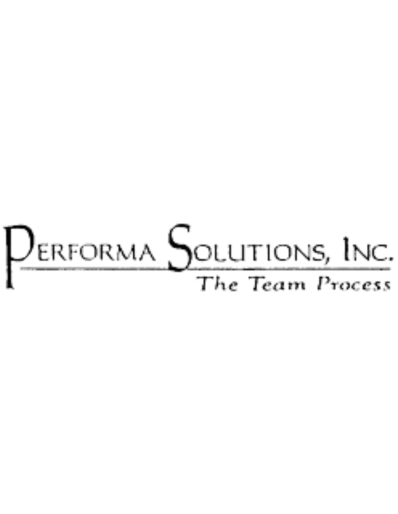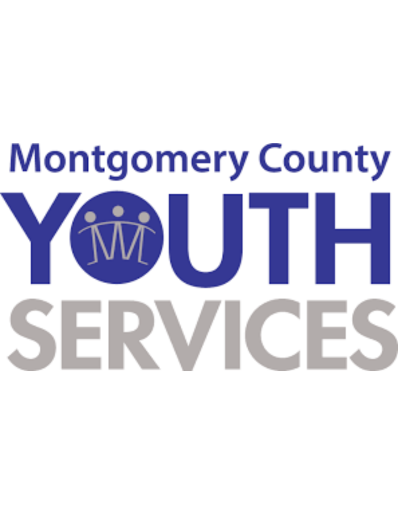
Royal Carribean Cruises, LTD.
Like others, I was fired prior to the acquisition to cut costs. I initially created darinphillips.com in April 2002 and started work on a wireframe for a robust talent management software that would be coded in PHP on top of MySQL. I also partnered with two of my former Performa Consulting team members in May 2002 to create another new company, Mundo Strategies. We focused primarily on the Lominger products and delivered programs that were sold by Lominger Consulting. My key clients included HawaiiUSA Federal Credit Union, San Antonio Credit Union, Global Industries, and Grupo Pellas. We found a software company out of South Africa called Skillbase that had designed custom software for a client. This software automated some of the manual processes that we taught. I redesigned many of the functions to make the software more globally usable and we began to sell it in North and South America. Our consulting clients loved the functionality because they could load industry and company-specific competencies into the software (based on manual job analyses), assess employees against all of the competencies, build success profiles, compare the employee profiles to the success profiles, and guide learning activities via the built-in Individual Development Plan (IDP) engine. I was about to leave Mundo Strategies to start my own company in February 2004 when a colleague in Miami called me about an opportunity with one of his clients, the world’s second-largest cruiseline company. I set my completed software, People Prodigy, aside and moved to paradise. (People Prodigy is freely available on GitHub.)
Royal Caribbean Cruises Ltd was undergoing a leadership transition in Revenue Performance and a shoreside brand segregation just as I arrived. My first initiative involved assessing the brand promises and identifying ways to operationalize them. I immersed myself in each brand, becoming the identified shoreside brand champion for both Royal Caribbean International and Celebrity Cruises. I brought the shipboard service standards from each brand to every shoreside touchpoint, both pre and post cruise. While doing this, I noticed many points of failure to deliver against these standards and I observed gross inconsistencies. I was also unconvinced that the standards were driving the employees to meet, much less exceed, customer expectations.
Leveraging a technique that I had used in graduate school called critical incident methodology, my boss and I attended tradeshows and inaugural cruises during which we surveyed RCL’s Travel Partners (travel agents). By asking them for the story of their best or worst experience with a vendor we were able to collect some very emotional stories. Because emotions are the primary drivers of customer advocacy and detraction, we did not record stories that started with an extended pause (if it does not immediately come to mind then it does not affect loyalty or engagement) or during which the Travel Partner did not show any affect. We typed up every story verbatim and had meetings with senior leaders and mid-management to review the results. In these meetings we asked the leaders to read each story aloud and to categorize the factors that led to the customer having a memorable experience (good or bad). There was considerable agreement across the 16 groups that reviewed the 172 stories. There were five key factors and each of these factors related to the way that Travel Partners were treated when they contacted or were contacted by employees. I was able to tie these five factors and the behaviors associated with each into the brand standards and into a performance management system that leveraged Kaplan and Norton’s balanced scorecard.
My Quality Assurance Team began to make outbound calls to Travel Partners immediately following a contact with one of our employees and asking five questions. The Travel Partners rated the person that they just spoke with as having missed, met, or exceed expectations for each factor and why. This was given equal weight with the employee’s productivity, accuracy, and impact on revenue. We measured everyone against the metrics prior to announcing them so that we had a baseline. Once we announced the five factors and how they would be measured, we gave everyone a month to learn the system and to identify what actions and behaviors earned the best results.
I was also in charge of the shoreside training team, which only concerned itself with new hire training and had not fully engaged the business or its needs. I met with the senior leaders, who agreed that they needed to take ownership of the quality of the talent on their teams instead of leaving it up to HR. I taught several leaders in the US and UK and members of my team how to conduct rapid job analyses. The current and near-future performance objectives were used to identify tasks that are required to achieve those results. Then the competencies (knowledge, skills, experience, aptitude, behaviors, and abilities) required to execute each task flawlessly (or to recover from failure) were defined and documented. From the competencies we identified, those that were price of admission (hard-wired or commodity) were used to build sourcing and attracting strategies. We also used the price of admission competencies to create selection tools (panel interview rater job aids, scorable simulations, and behavioral interview guides). These efforts, along with my community outreach efforts, earned either RCL or me certificates of recognition from the University of Miami, Florida International University, and Jewish Community Services.
Instead of hiring 70% of the people that applied for shoreside jobs we increased the number and quality of applicants and only ended up hiring 10%. Because we had a zero-tolerance rule about the quality of talent, and because leaders and incumbents were involved in the selection process, the selection standards exceeded the initial thresholds set during the design of the process. This caused us to go into our heaviest call volume time of year (known as ‘Wave’) with 15% fewer call center employees than we were projected to need. The remaining competencies from the job analyses were used to rewrite the onboarding process, including the hew hire training. In combination with the more robust brand standards and a balanced performance management system, the new hiring and onboarding processes had several statistically significant impacts on the 2005 Wave period. RCL reduced booking errors by 76%; agents sold larger staterooms for more money (7% increase in revenue per agent); agent accuracy steadily increased in both contact centers from 71% to 89%, resulting in fewer call-backs (17% decrease in Wave 2005 call volume without a decrease in sales); the contact centers were able to maintain higher service levels with fewer employees; and Travel Partner loyalty survey results were above 97% on average. Additional benefits included several promotions for the leaders and team members who participated in rewriting and owning the talent management processes. I was suddenly involved in the planning and design of a third contact center. I was also recognized as the first RCL Admiral Award winner (highest shoreside leadership award), garnering nominations from 14 separate departments.
When the company decided to replace their core reservations software in 2006 I was moved from my normal responsibilities to this massive project. I led the Business Change Management function and partnered with Accenture, who had been brought in to gather requirements and ensure that the company did not make any mistakes. I wrote and managed the Business Change Management Strategy and Plan, the project Communication Strategy and Plan, and executed both so that all stakeholders and executives remained engaged and supportive of the project’s objectives and effort. The nature of my work was sensitive and confidential so I cannot elaborate, but I learned a lot about being politically savvy and negotiating effectively to prevent huge, ego-driven mistakes. When Project Churchill wound down I was facing six potential moves within Royal Caribbean. That is when I met the senior executives from Bayview Financial and Silver Hill Financial and they presented a seventh choice.



